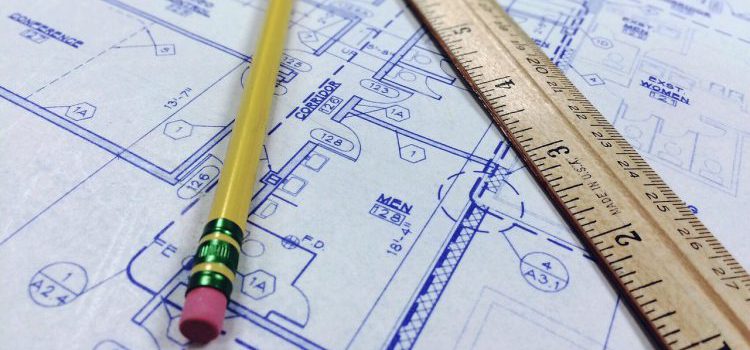On January 1st, 2017 the commercial building energy efficiency requirements of the Ontario Building Code increased and are now, on average, 13% more stringent. The Energy Efficiency Supplement (SB-10), which describes the energy efficiency requirements, was last updated on December 22, 2016.
Prior to 2012, the energy efficiency requirements of SB-10 were essentially those of ASHRAE 90.1 2004 with modifications to the envelope insulation requirements. These requirements could be achieved by either meeting all the individual prescriptive requirements, or by using energy modelling to illustrate that the proposed building design would achieve the same or better energy performance as a design meeting all the prescriptive requirements. In both cases, all mandatory design requirements (minimum pipe insulation, etc.) still needed to be met.
SB-10 was updated in late 2012, coming into effect on 1 January 2014. With this version of SB-10, the design team had a choice of 4 paths to show compliance. These were:
- Exceed energy efficiency levels of MNECB by ≥ 25% and meet all mandatory MNECB requirements.
- Exceed energy efficiency levels of ASHRAE 90.1 – 2010 by ≥ 5% and meet all ASHRAE 90.1 – 2010 mandatory requirements.
- Exceed energy efficiency levels of ASHRAE 90.1 – 2010 modified by chapter 2 of SB-10 and meet all ASHRAE 90.1 – 2010 mandatory requirements.
- Exceed the NECB 2011 energy efficiency levels as modified by chapter 3 of SB-10.
The first two options required a building energy simulation to demonstrate that the energy efficiency requirements were met. Compliance with the 3rd and 4th options could be met either through energy modelling or by meeting all the individual prescriptive and mandatory requirements. Using a building energy model path was usually the most expedient and cost-effective option.
The newest version of SB-10 applies to all covered buildings with permit dates on or after 1 January 2017. This version provides the following options:
- Exceed the efficiency levels of the four OBC 2012 options (listed above) by 13%. (The MNECB option sunsets on 1 January 2018.)
- Exceed energy efficiency levels of ASHRAE 90.1 – 2013 modified by chapter 2 of the 2016 SB-10 and meet all ASHRAE 90.1 – 2013 mandatory requirements.
- Exceed energy efficiency levels of NECB 2015 modified by chapter 3 of the 2016 SB-10.
- Exceed the ANSI/ASHRAE/USGBC/IES Standard 189.1-2014 energy efficiency levels.
Consistent with the 2012 requirements, each of the above paths requires that the CO2-equivalent emission level and the peak electric demand must also not exceed the levels that would have been achieved by complying with the chosen compliance path.
Relative to the previous SB-10, the major changes to the prescriptive path requirements were to the thermal resistance of opaque envelope elements and fixed metal-framed (non-curtain wall) windows, AHU fan power and heat recovery requirements, plant (boiler, chiller, domestic hot water) efficiencies, and lighting power density.
Some of these prescriptive requirements may be cost-prohibitive for your project, and pursuing the performance (energy modelling) path could result in significant capital savings. Also, note that the prescriptive paths cannot be used when the fenestration area exceeds a certain percentage of the gross wall area: 40% when following the ASHRAE 90.1-2013 or ASHRAE 189.1-2014 paths and from between 20% and 40% when following the NECB 2015 path. In these cases, the performance (energy modelling) paths are your only options.
Energy modelling for code compliance can be combined with the requirements of a LEED application (EAp2 and EAc1 reference building requirements will be different than that of a code compliance energy model) or the pursuit of incentives from programs such as the High Performance New Construction Program (HPNC). As always, the energy model can be used to optimize the building’s energy performance and cost during the design stage or after occupancy to ensure the building systems are operating as intended.
Caneta Energy has been performing building energy simulations for incentive programs, LEED applications and code compliance since 1998 and has staff intimately familiar with energy modelling. Please contact us for assistance in complying with the energy efficiency requirements of the Ontario Building Code.
